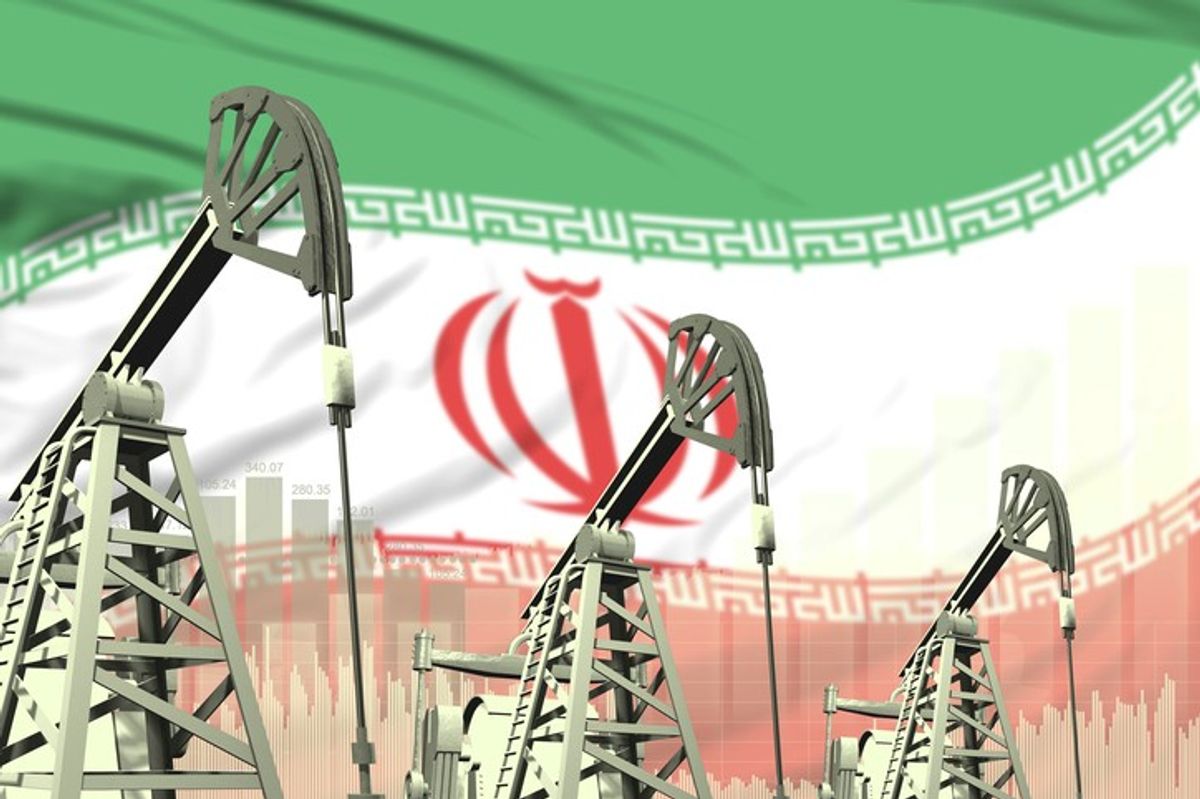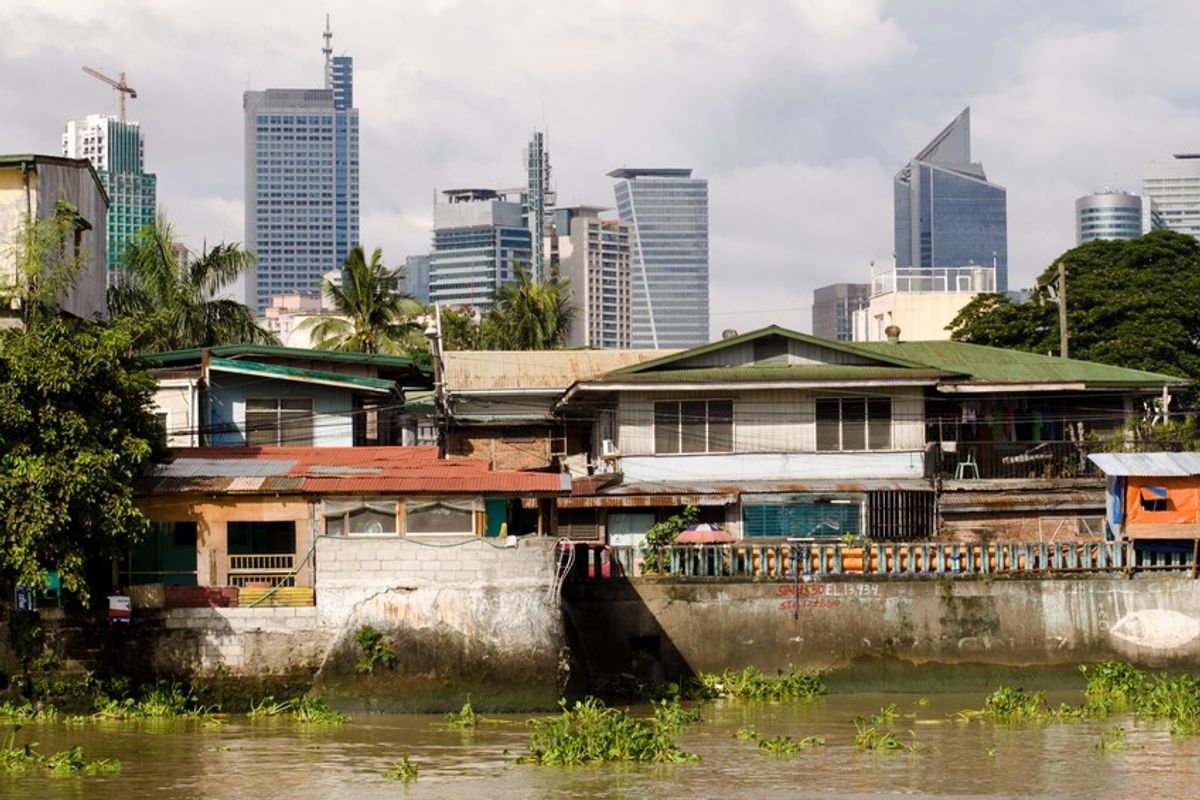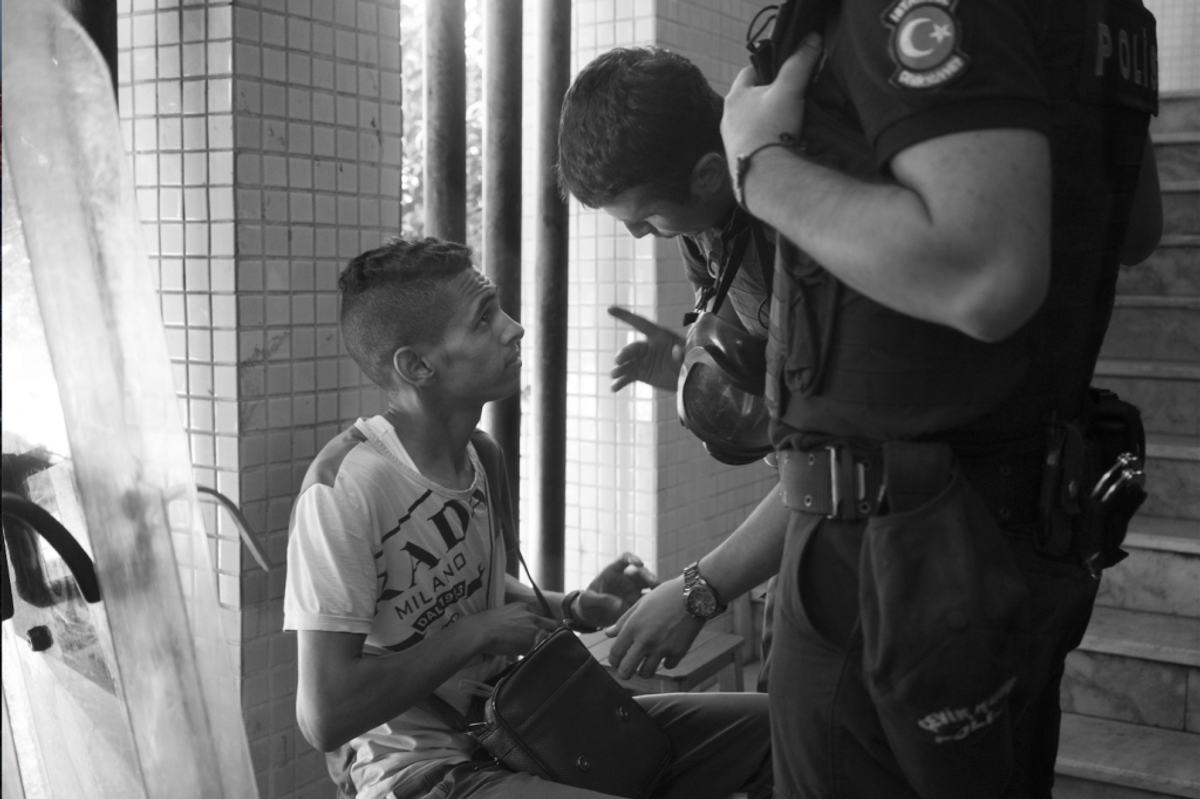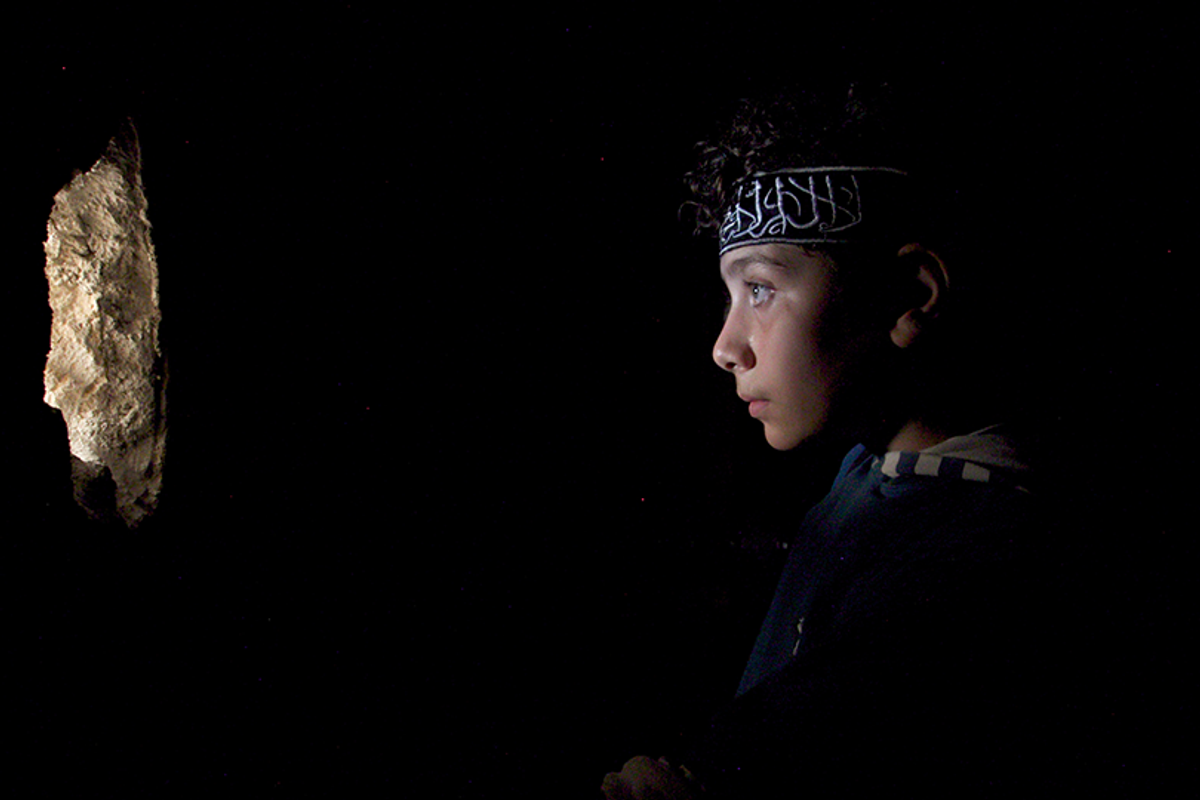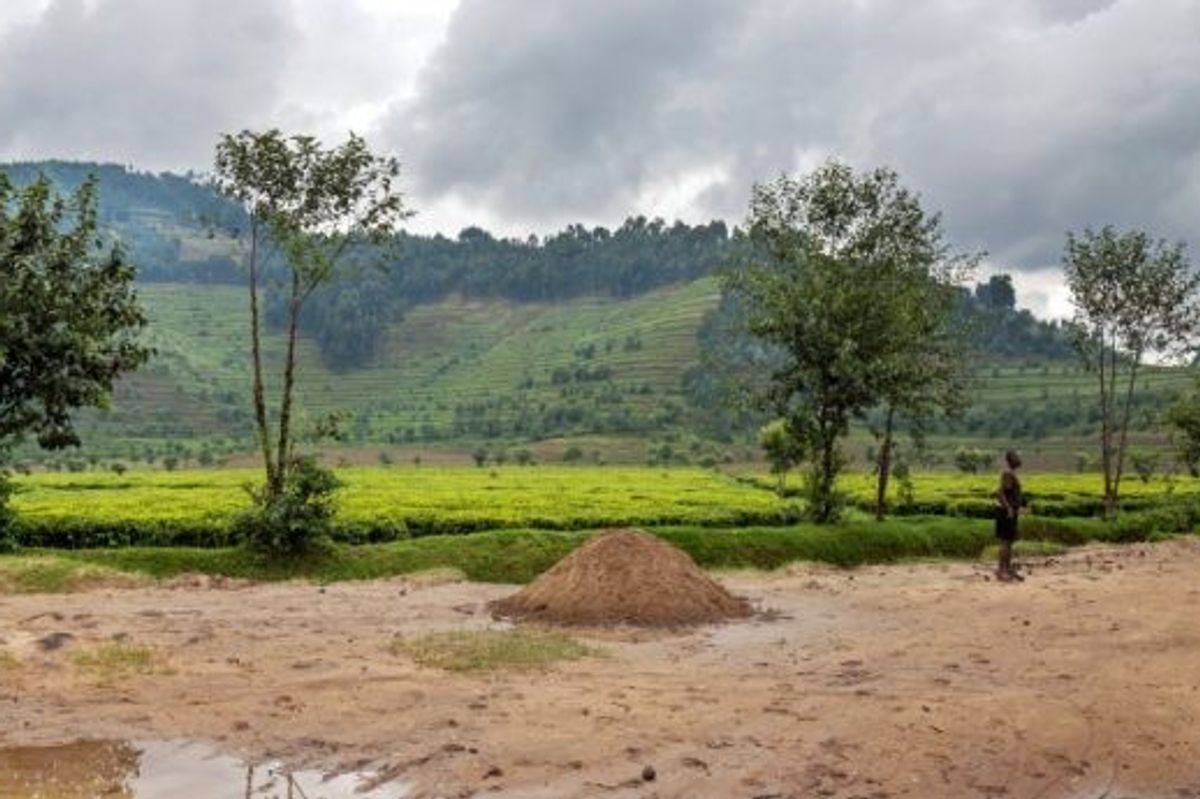The Institute for Economics and Peace (IEP) releases its 2016 Global Peace Index (GPI) today at the United Nations. The index uses a wide range of indicators to ranks the peacefulness of countries. It also quantifies the costs of violence and provides insight into global trends. The Cipher Brief’s Kaitlin Lavinder spoke with IEP’s Executive Director of the U.S. Office, Aubrey Fox, about this year’s report and the trends in peace and violence over the past decade.
The Cipher Brief: IEP’s Global Peace Index is in its 10th year of publication. What is the report? Why is it important? And what are the overall trends of this past decade?
Aubrey Fox: The Global Peace Index is the world’s leading measure of country peacefulness and was founded by an Australian entrepreneur named Steve Killelea. It measures 163 countries and ranks them on their peacefulness using 23 different indicators.
With regards to 10-year trends, essentially what we have found is that the world has become slightly less peaceful, by about 2.5 percent over the past decade. It’s driven by a handful of factors that stand out above the rest: Deaths from terrorism have tripled, battle deaths have increased five-fold, and, as we all know, the refugee crisis has increased precipitously so that in 2015 we had about 60 million refugees and internally displaced people around the world, which is about one percent of the global population.
TCB: Does that 2.5 percent decrease in peacefulness correlate to an increase in economic costs?
AF: Absolutely. One of the things that is very valuable about this report is that we also try to look at, how much does violence cost the world? And so we estimate – it’s a pretty conservative estimate – that the global impact of violence is around $13.6 trillion in 2015, which is equivalent to 13.3 percent of world GDP.
This includes direct costs, such as the cost of hiring police officers, running military forces; indirect costs, for example, if you’re a victim of a homicide, that person’s lifetime earnings are lost to the economy; and we include what we call multiplier effects, that is if you invest $1 in violence containment that money is lost for investments in other more productive areas of economic output, like infrastructure.
TCB: What are the key findings of this year’s report?
AF: One key finding is the 10-year trend: the world has become slightly less peaceful. But underneath that global analysis is growing inequality and peace. The most peaceful nations have over time become more and more peaceful, but the least peaceful nations have become less and less peaceful. So if you look over time, you can see that countries and regions are moving in opposite directions. And there are two stories there. One is that some areas of the world have much more intractable problems that we are trying to deal with, countries like Syria, Afghanistan, and Iraq. But on the other hand, there are regions like Europe and individual countries that are becoming more and more peaceful, and that’s an interesting story too, because it suggests there are factors of more peaceful societies. Trying to understand those, and not just the conflicts of chaos and violence, is really important.
And I would also argue the really powerful virtue of the Global Peace Index. One of the things that we know now is we live in a data-driven world. If you’re trying to make assessments of where a country stands right now or even predictions about the future, a best practice is to root your analysis in what is called a base rate. So rather than just having an opinion, let’s ground your analysis in something empirical. Let’s start with what we know about what’s occurring in a country or region at any moment in time, and then you can add on to that. We have, over 10 years, developed a tremendous treasure-trove of information people can use to try to identify the base rate of a particular country or a particular indicator. And I think in the world we live in today, it’s not enough to just have opinions. You have to be able to ground your opinions in something real, and that’s what I think the real virtue of our index is. It gives that kind of ability to any kind of analyst who wants to use it.
TCB: The U.S. Is ranked #103 out of 163 countries in this year’s index. This is technically in the middle but seems somewhat low. Why is the U.S. not at the top of the list, like many European countries?
AF: The U.S. has stayed at around the same ranking from year to year. Some of the factors that affect the U.S. score: The U.S. has the most prisoners globally, something like 25 percent of the world’s incarcerated population, and it has been involved in a lot of on-going conflicts – with the Islamic State, in Iraq, and in Afghanistan. More recently, there is deterioration in relations with Russia, and we have this ongoing issue around the detention facility in Guantanamo Bay, which hurts the human rights score that underlies the index.
The framework for determining the rankings is that we define peace as the absence of violence or fear of violence, and so the active involvement of the U.S. in ongoing conflicts by definition reflects the presence of violence and a fear of violence in the world.
And by the way, I think there are also people who have said, why is the U.S. score so high? We tend to get questions on both sides of the score.
TCB: The U.S. is a really big country and has the resources to be involved in external conflicts. Does the index take this into account?
AF: That’s a fantastic point. Going back to this issue of what does it cost to contain violence globally, I said earlier it’s a huge expenditure to contain violence – $13.6 trillion. It will come as no surprise that if you just look at the raw amount of money being spent, the U.S. spends the most on violent containment in the world. It is something like $2 trillion per year when you add it all together. But as you point out, as a percentage of the U.S. economy, the U.S. is capable of handling that amount to some extent – it’s about 12 percent of U.S. GDP that’s being spent on violence containment.
We do actually have a percentage of GDP ranking in our index. As a percentage of its GDP, the U.S. is spending the 42nd most as a country on violence containment. Syria ranks first – something like more than half of its economy is being spent on containing violence. The same is true in Iraq. Afghanistan is at 45 percent. That’s shocking. That’s incredible when you think about it, but it’s probably not surprising given the issues and problems those countries face. But then if you go down the list of the other top 10 countries… Venezuela spends 43 percent of its economy on violence, South Sudan 35 percent, Honduras 34 percent, Colombia 30 percent, Central African Republic 29 percent, North Korea 28 percent, Lesotho 28 percent. So for countries like Venezuela, Honduras, Colombia, etc., these are crippling costs in terms of what you could be doing with this money in a more effective way to help build the economies in those countries.
TCB: Are there any surprises is this report/anything you find particularly interesting?
AF: The big thing for me is with 10 years of data, it’s a useful reminder of how hard it is to predict the future. Seven or eight years ago, Syria ranked 88th out of 162 countries (then we ranked 162 countries, not 163). No one could have predicted at that time the sheer amount of chaos and conflict that Syria would experience. Just to give you one illustrative example: When Syria ranked 88th in the Global Peace Index, less than one percent of the population had been displaced. Now it is over 60 percent. To me, the important thing that that shows is the need to have some humility about predicting the future.
The world spends way too much time putting out fires – going to places that are in the most extreme versions of chaos and conflict in any given moment in time – but less time thinking about a more thoughtful plan for preventing conflicts or resolving conflicts in various stages. I think our index is useful because it reminds people of how important it is to not be too focused on particular countries in the headlines today. Ten years from now, what will be the problem people will wish they had focused on earlier?
I think a smarter approach is to think more broadly, not about what country is going to become the next Syria, but about ways to intervene in a cost effective way where we see some probabilities, not just with countries at risk of an increase in violence, but also countries where we see some potential to actually improve a country’s peacefulness and resilience.
We have to be smarter about where we invest our time and energy, and we have to be more thoughtful about preventing violence and conflict and chaos before it occurs.



